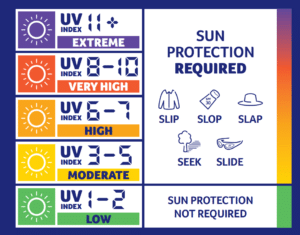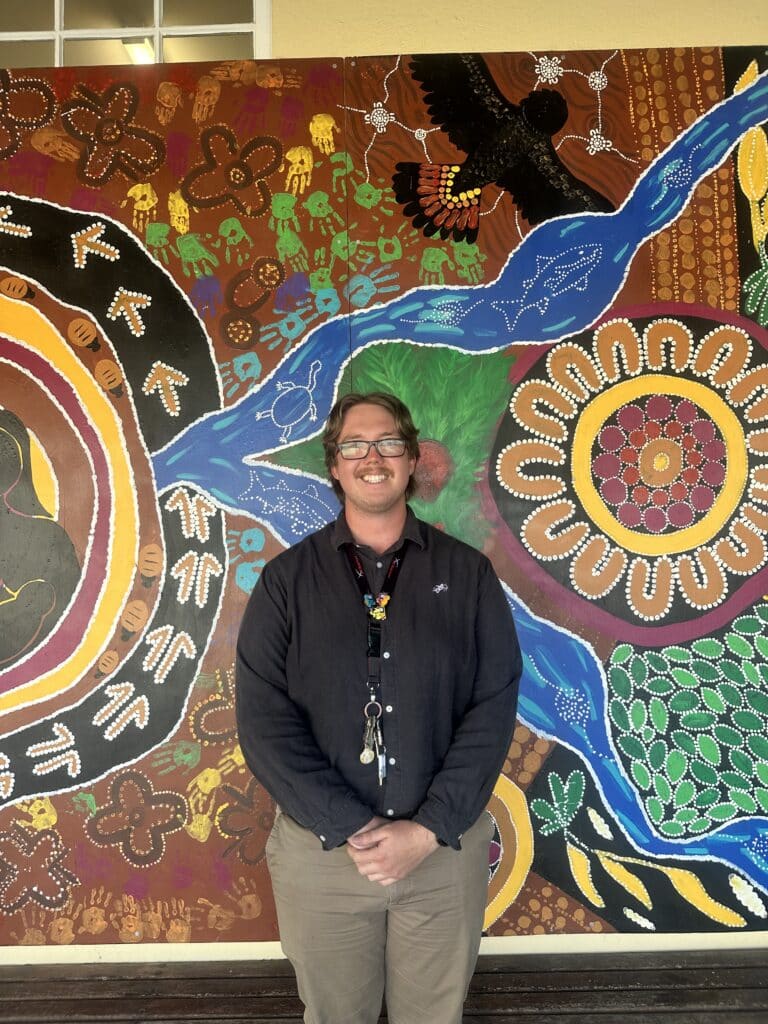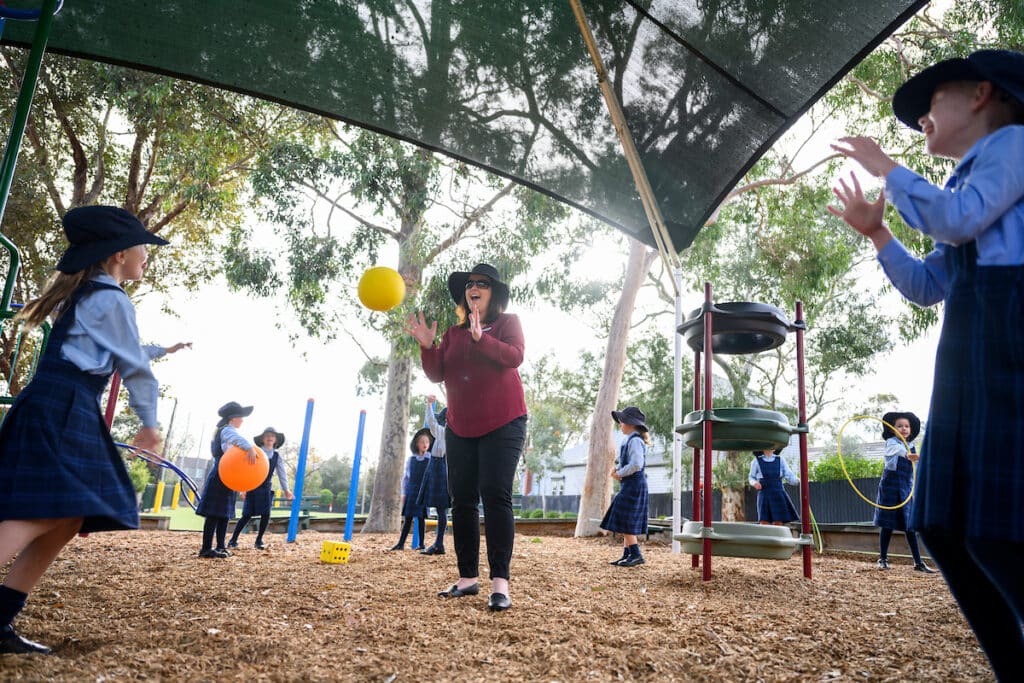As a newly graduated and enthusiastic teacher, Luke Myers knows about the importance of supporting his young students however he can, and that a simple act like him wearing a hat and sunscreen can have a big impact. The now…
Australia is the skin cancer capital of the world, with well over one million treatments each year for skin cancer. Ultraviolet (UV) radiation overexposure during childhood and adolescence increases the risk of future skin cancer. Schools can help to support students and staff to protect their skin by understanding what UV is and by educating about the importance of being safe while in the sun.
What is the UV Index?
The UV Index is a measure developed by the World Health Organization that indicates the level of UV radiation that reaches the Earth’s surface on any given day. When the UV Index reaches 3 and above, UV radiation is intense enough to damage the skin and increase the risk of skin cancer. The higher the UV Index, the quicker this damage occurs. UV radiation is not the same as heat/infrared radiation,
and most people get sunburnt when the temperature is between 18 and 27 degrees.

UV radiation cannot be seen or felt and can be damaging without us even knowing. The free SunSmart Global UV app provides worldwide UV levels and clear guidance as to when sun protection is and is not required. When the UV Index is 3 or above, protect your skin in five ways – remember to Slip, Slop, Slap, Seek, and Slide.
UV Radiation Protection – Keep it going in terms two and three
Climate and weather conditions can vary immensely across our state, but what does that mean for your school? Incorrectly, some schools in WA don’t require students to wear hats in terms two and three. This is potentially putting students at risk of future skin cancers.


`
All parts of WA have UV maximums exceeding 3 during terms two and three as indicated in the UV average maps from Bureau of Meteorology.
Find your UV forecast at myUV.com.au



